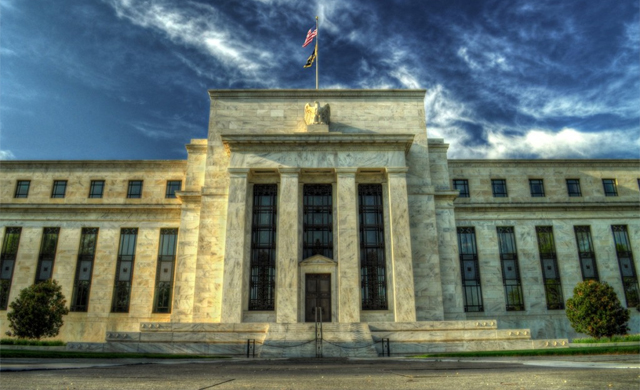Since the Federal Reserve cut rates to zero and launched massive quantitative easing program markets did nothing but go up. Even now, in the midst of spiking Delta variant cases, the U.S. stock market continues to trade in record territory. What’s more, the vast majority of fund managers expect the rally to continue.

For instance, according to Berstein, “we’re balancing between these long-duration assets that are very overvalued and a bubble versus the rest of the world.” “Unless liquidity dries up very rapidly, which seems unlikely, the probability of a major bear market is probably much lower than people might think.”
The only problem is that the market is cyclical in its nature and after the growth comes a fall. Thus, we could say that it’s a matter of time before the correction finally takes place. The question then arises, what will cause a change in market sentiment? First thing first, the loss of confidence in companies’ ability to continue their growth trajectory. For example, despite the fact that Amazon.com presented astonishing second-quarter results its stock fell. Why? Because its sales growth slowed down as brick-and-mortar stores reopened across the U.S.
Secondly, investors fear so-called tapering or the slowing of asset purchases that will eventually lead to the reversal of a quantitative easing (QE) policy implemented by a central bank to stimulate economic growth. It should be noted that over the last few months multiple members of the Fed mentioned that the central bank should start reducing its $120 billion in purchases of Treasury and mortgage bonds already this fall.
To be more precise, the president of the Federal Reserve Bank of Boston said that the central bank should soon begin to dial back its extraordinary aid for an economy that is strongly recovering from the pandemic recession. According to Mr. Rosengren, bond purchases are no longer helping to create jobs but are instead mostly helping drive up the prices of interest-rate sensitive goods such as homes and cars.
Fed officials have said the economy needs to make “substantial further progress” toward its goals of maximum employment and annual inflation at modestly above 2% before the central bank will begin to pare its bond purchases. Rosengren said that he believed that this criteria had already been met with inflation, which has surged above 2% since this spring, and was close to being fulfilled in regard to jobs. To be more precise, U.S. employers posted a record 10.1 million job openings in June.
Thus, the likelihood that tapering could start before the fourth quarter of this year is quite high. How will the market react? Until today, any mentioning of tapering has led to a decrease in gold prices and an increase in US government bond yields. However, this does not mean that the actual announcement of the tapering will trigger an increase in volatility. Most likely, by that time, most of the event will have already been incorporated into the asset price. In addition, it should be noted that the earlier tightening of the Fed did not lead to a collapse in the market, which means that the bullish trend is likely to continue further.
Still, it is worth noting that the financial sector could ultimately benefit from tapering. The reduction in the quantitative easing program, coupled with a near-zero federal funds rate, effectively guarantees a growth in the yield curve (as a result, long rates will rise, while short rates will remain unchanged). A steeper yield curve is a big plus for banks as it increases their net interest margins. If the bond market recovers, insurance companies may also benefit.


 Hot Features
Hot Features













